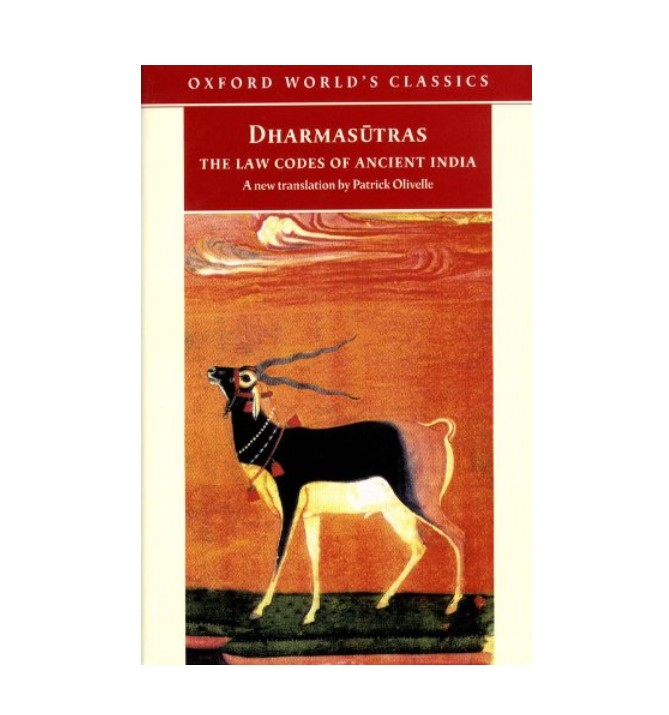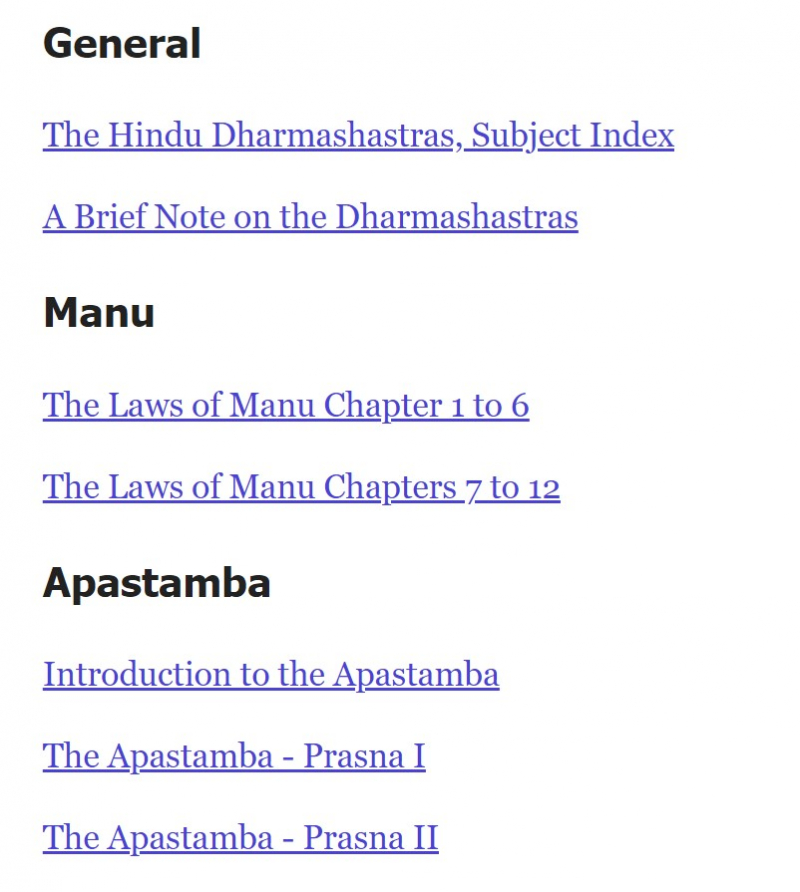Dharmaśāstra

The Dharmaśāstras, a crucial part of Hindu literature, are texts that lay down guidelines for ethical and righteous living. Derived from the Sanskrit words "dharma" (duty/righteousness) and "shastra" (scripture), these texts provide a framework for personal conduct, social norms, and legal principles.
The most renowned among these texts is the Manusmriti, attributed to the legendary sage Manu. The Manusmriti, written in verse form, details the duties and responsibilities of individuals based on their varna (class) and ashrama (stage of life). It discusses social hierarchy, family duties, moral codes, and principles of governance.
These texts talk a lot about something called "dharma," which is like a big umbrella term covering duties, responsibilities, and what's considered right or wrong. They focus on the idea that everyone has certain duties and responsibilities, and by following these, society can be fair and just.
While the Dharmaśāstras are really old and were written in a time when society was very different, they still give us a peek into how people back then thought about fairness, ethics, and behaving well towards each other. Today, while not everyone follows these guidelines strictly, they continue to serve as historical and cultural artifacts that offer insights into the moral and ethical framework of ancient India.
Link to buy: https://www.amazon.com/Dharmasutras-Ancient-Oxford-Worlds-Classics-ebook/dp/B0063D7P06/
Link to read: https://www.hinduwebsite.com/sacredscripts/hinduism/dharma/dharma_index.asp











